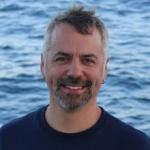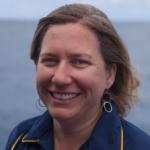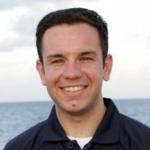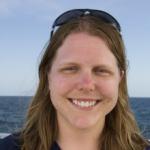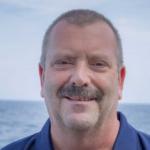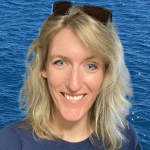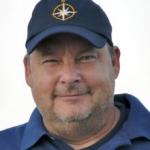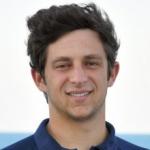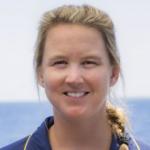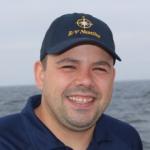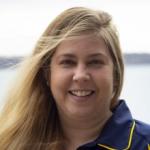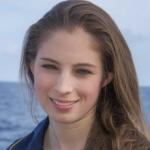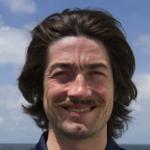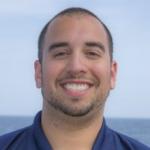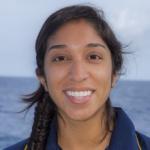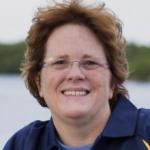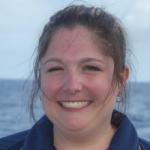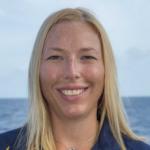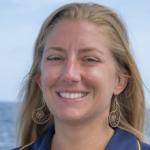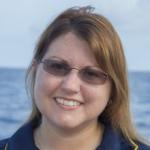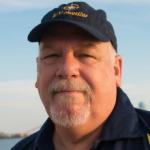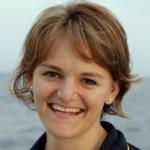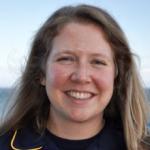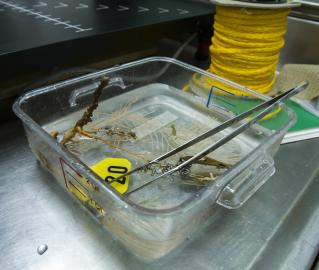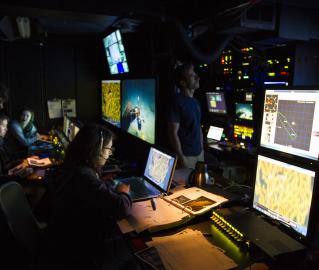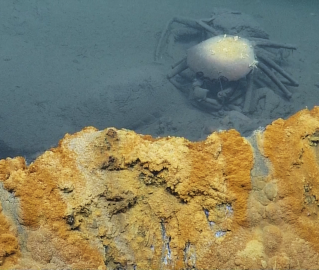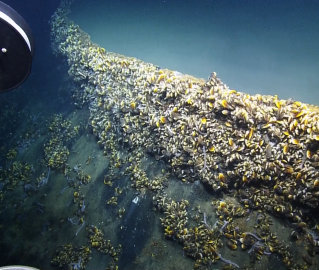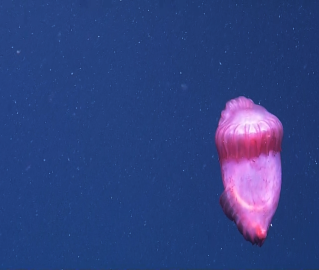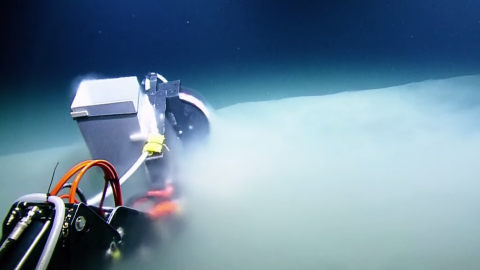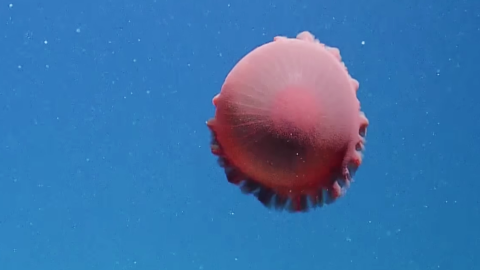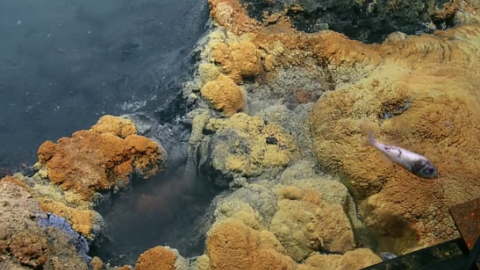This cruise continues our exploration throughout the Gulf of Mexico region, investigating biologic, geologic, and archaeological sites. We will explore and characterize a variety of seafloor habitats across upper slope, mid-slope and lower slope depths, including hard substrate coral habitats, hydrocarbon seeps, brine pools and, time permitting, mud volcanoes. The overarching goal of this cruise is the exploration of biological communities and associated geochemical and isotopic records of carbon cycling. A primary approach will involve the deployment of an in situ laser spectrometer platform integrated with the ROV Hercules for chemical and stable isotopic exploration focusing on sites of hydrocarbon flux and active carbon cycling. The laser spectrometer is capable of in situ analysis both fluids and bubbles. More specifically, this unique instrument will allow us to make measurements of the carbon isotopes of methane and carbon dioxide at a variety of sites that we explore (e.g. brine pools, hydrocarbon seeps and mud volcanoes) providing important details about (bio)geochemical processes in these environments. We will also visit a side-scan sonar target from an oil survey provided by BOEM that has high potential to be an 1800’s-era shipwreck.
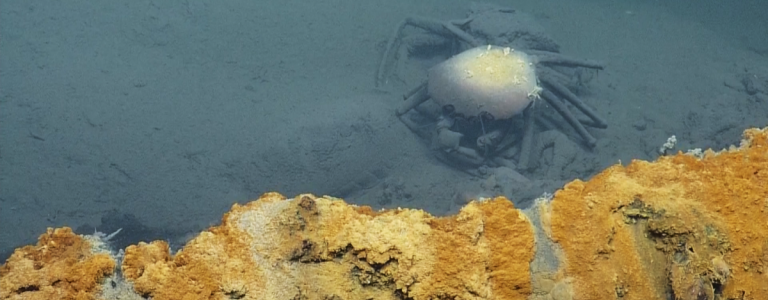
Expedition Partners
Meet the Team
Gallery Highlights
Photo album:
Collecting and Processing: Where Do the Samples Go?
Photo album:
